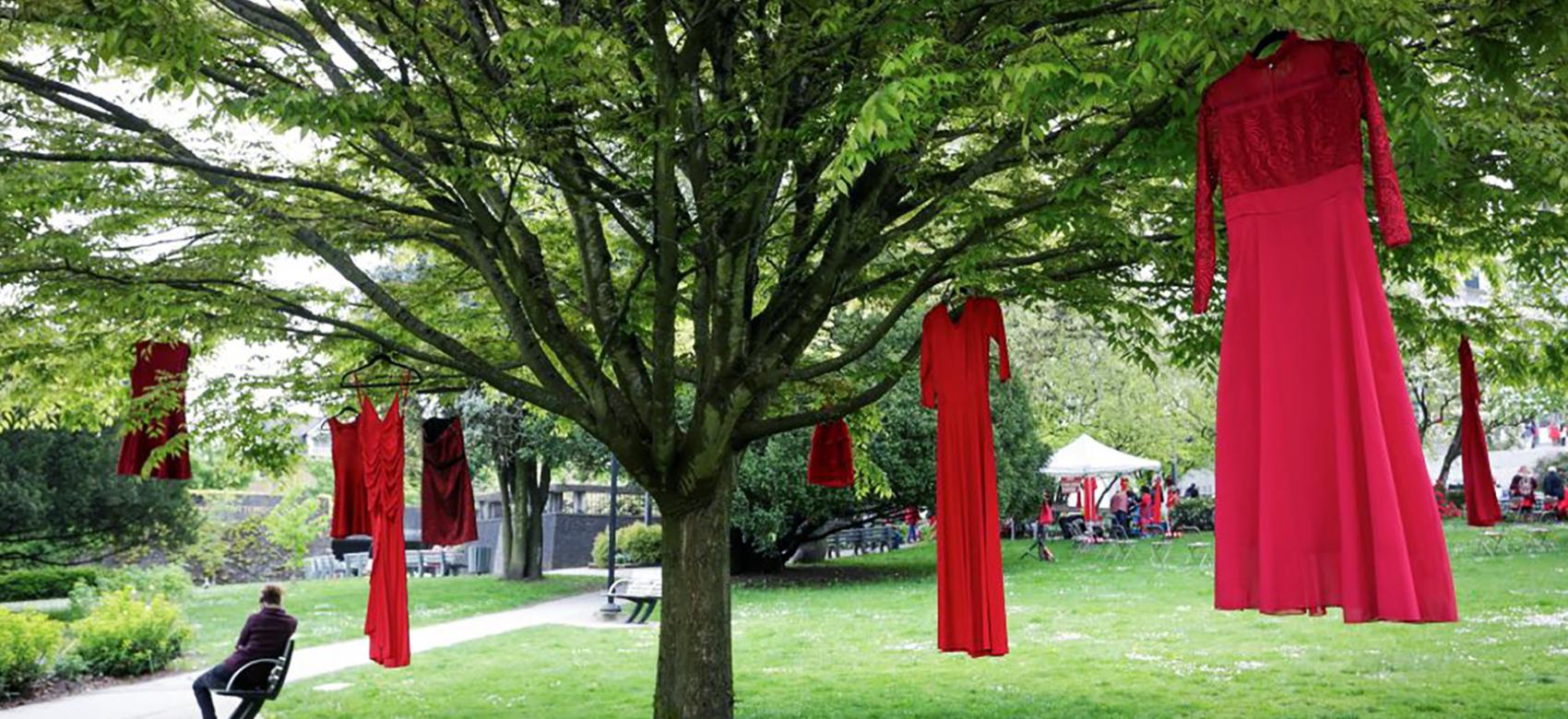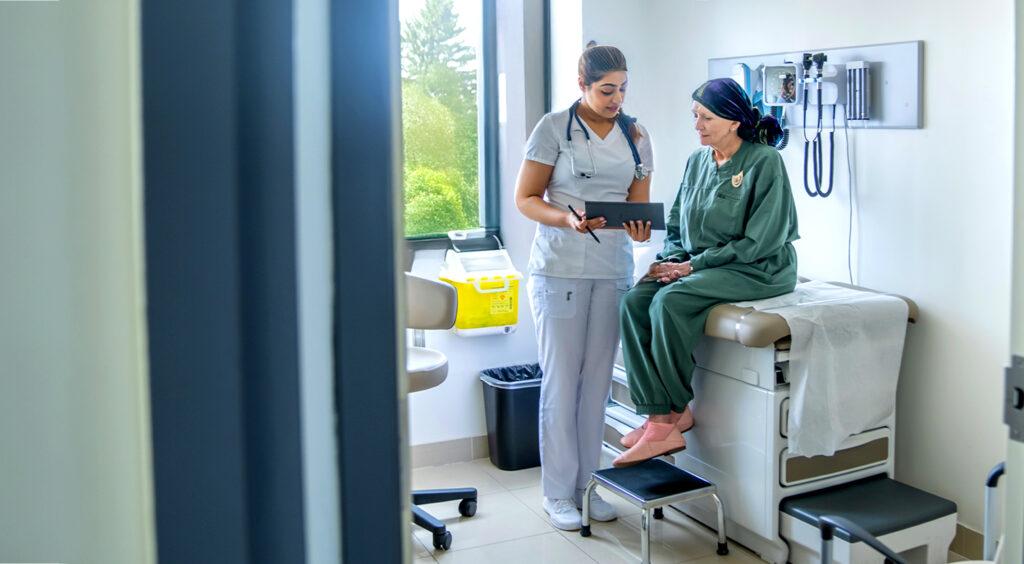Two years after the MMIWG report, targeted work must move urgently ahead
By Dr. Margaret Moss and Marique B. Moss

It’s been two years since Canada released its years-in-the-making national inquiry and final report on the appalling reality of Missing and Murdered Indigenous Women and Girls (MMIWG).
The report included background largely through voices of those affected, current status and recommendations — named as the 231 Calls for Justice.
Importantly, First Nations, Inuit and Métis women, girls and 2SLGBTQQIA people were included in the inquiry.
According to the report, there were close to 2,400 participants which included family members with direct impact, survivors, as well as expert witnesses, Elders and Knowledge Keepers. The input represented thousands of stories which pointed to, and was called out in the report through reference to international and Canadian law and expert scholarship, as undeniable acts of genocide against First Nations, Inuit and Métis women, girls and 2SLGBTQQIA people.
Thousands have been lost in recent decades with an exact number escaping data as so many are left unreported, uninvestigated and unprosecuted. Although, the inquiry and report — and even setting out the Calls for Justice was a years-long endeavour — the MMIWG problem has been decades in the making and persistent, targeted work must move urgently ahead.
Both sides of ‘the Medicine Line’
Two years ago on June 10 2019, one week after the release of the report, a conference at the University of British Columbia’s First Nations Longhouse highlighted the MMIWG atrocities as occurring on both sides of “the Medicine Line,” that is, in both the United States and Canada.
A distinguishing factor between the atrocities occurring in the two countries at the time report was released was that Canada played a role in commissioning the report, and had previously authorized the Truth and Reconciliation Commission (TRC) and its resulting report.
Both of these reports offered a national step towards naming the colonial harms to Indigenous people in what is now Canada, and outlining recommendations or calls for action and justice.
By contrast, in the U.S. there had been no successful federal legislation or national call for action in this area.
Now looking at what has changed in the two last years, there have been some interesting reversals.
A national action plan announced
In 2021 a national action plan, Ending Violence Against Indigenous Women, Girls and 2SLGBTQQIA+ People was released to help chart a path forward on the 231 Calls for Justice.
There is urgency as Indigenous females are 12 times more likely to go missing or be murdered than other groups with even higher rates in the North.
The national action plan involves, in part, immediate next steps which include: support services for survivors and family members; creating an oversight body; public awareness and training, all with continued involvement of families and survivors. It also outlines next steps around data and accountability.
Calls need to be implemented
However, the work is not moving forward fast enough for some invested groups. The Native Women’s Association of Canada has put out its own plan — Our Calls, Our Actions.
They say, “It is time to wait no more. It is time to move away from state dependence to independence and self-determination. It is time.”
The final report calls on post-secondary institutions to educate the public about missing and murdered Indigenous women and girls and about the root causes of violence they experience.
At UBC, the MMIIWG report was incorporated along with the TRC and the United Nations Declaration on the Rights of Indigenous People into the newly retooled Indigenous Strategic Plan.
This is one example of a regional response to the national report.
Not a new issue
Recent news of the 215 children’s remains that were found at the former Kamloops Indian Residential School site ties in to the MMIWG inquiry.
The inquiry noted that, “between 1883 and 1996, the Indian Residential School system enforced a patriarchal Christian dogma that devalued women, enforced homophobia and transphobia, and exposed them to abuse that made them easy targets for abuse from others.”
Presumably, many of the children’s remains found at the site would be girls who have been missing for decades.
It has to be recognized that there has been more than one path towards this form of Indigenous focused genocide, especially for women, girls and 2SLGBTQQIA persons.
In the United States
In the U.S. there has been a shift where movement nationally has ramped up. In 2019 under former president Donald Trump, a task force to address the MMIWG crisis in American Indian and Alaska Native communities was announced.
This sparked new legislation named Savanna’s Act, named after 22-year-old Savanna LaFontaine-Greywind, a citizen of Spirit Lake Nation, who was found deceased in the Red River.
In 2020 Savanna’s Act passed in the Senate, after a previous failure in 2019. The Act will require that federal, state and tribal agencies have accurate and adequate training to handle and investigate the MMIWG epidemic urgently and effectively.
American Indians have maintained inherent jurisdictional power over what happens on their land. In a shift of power at both the federal and state levels, tribal courts today, possess narrow legal authority.
The National Congress of American Indians called for an Oliphant-fix to combat domestic violence and sexual assault committed by non-Indians across Indian Country. As a result, the Violence Against Women Reauthorization Act was enacted under former president Barack Obama, for the first time including those on reservations.
Tribes may now prosecute non-Indians who commit violence across Indian Country.
On the surface this appears to be a significant fix, however the legislation itself comes with its own unbending stipulations such as sentence limitation. Per the Indian Civil Rights Act tribal courts cannot “impose for conviction of any one offense any penalty or punishment greater than imprisonment for a term of one year or a fine of $5,000 or both.”
It wasn’t until the Tribal Law and Order Act, that allowed incarceration by tribal courts for up to three years and or a fine of up to $15,000 for each offense. Allowing tribes to increase their maximum sentencing would help tribes set precedence on the non-tolerance of crimes in tribal jurisdiction.
Next steps should include giving tribes more authority over harsher punishments in criminal matters which would be an amendment to the Indian Civil Rights Act. We need to bring our sisters, daughters and mothers home.
Both countries need more urgent and purposeful attention to the appalling and unacceptable MMIWG crimes. Both have huge needs in educating the public, law enforcement and legislative and executive bodies. These stolen and murdered First Nations, American Indian and Alaska Natives, Inuit and Métis women, girls and 2SLGBTQQIA people and their relatives must not spend another year in this ongoing epidemic without urgent action.![]()
Dr. Margaret Moss is an Associate Professor and Director of the First Nations House of Learning at UBC, and Marique B. Moss is the Director American Indian Education with the Elk River District.
This article is republished from The Conversation under a Creative Commons license. Read the original article. To republish the article, please visit the original article and follow their guidelines. Please note that this article’s image can not be republished.


